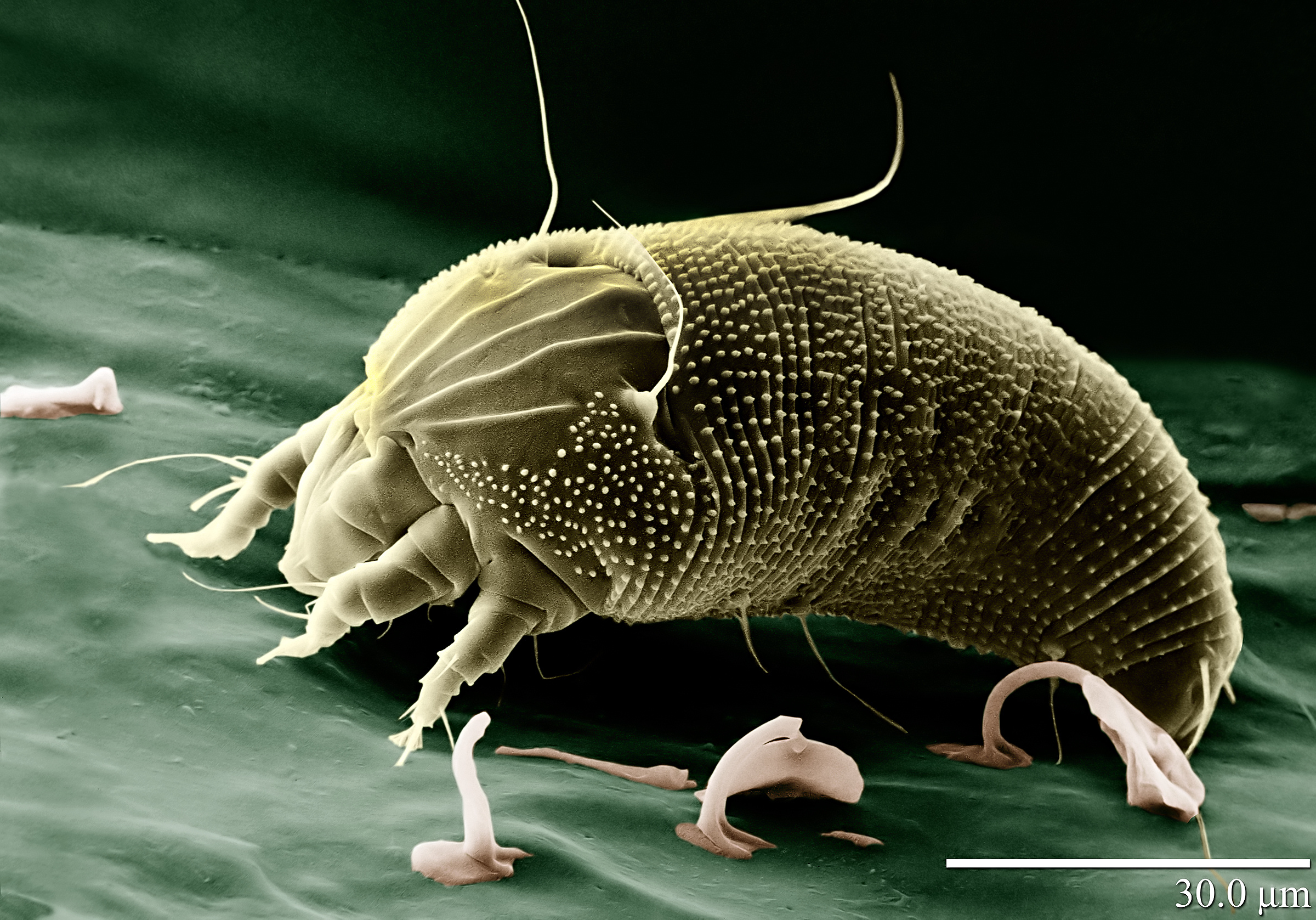Have you tried adding neem flour to the substrate from the beginning? Or adding it with watering?
It can be used for almost the whole cycle, and its effects are longer lasting than neem oil for spraying.
(I seem to remember that maybe I already told you about it last year in your thread...)
Salud.
I have amended our soil with neem meal in the past but stopped after I heard it can have a negative effect on soil microbes or something along those lines. How much does it help with russets?









